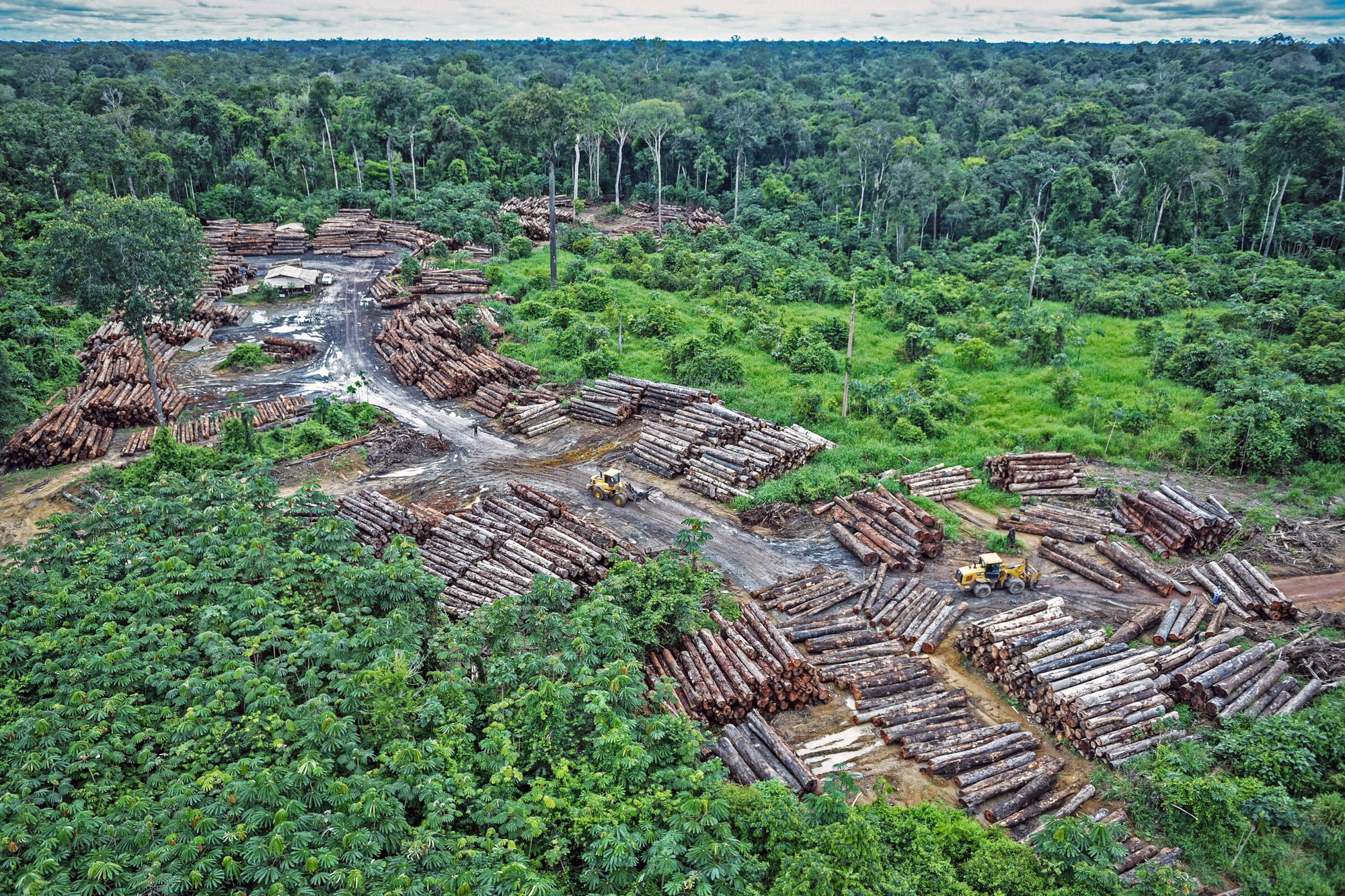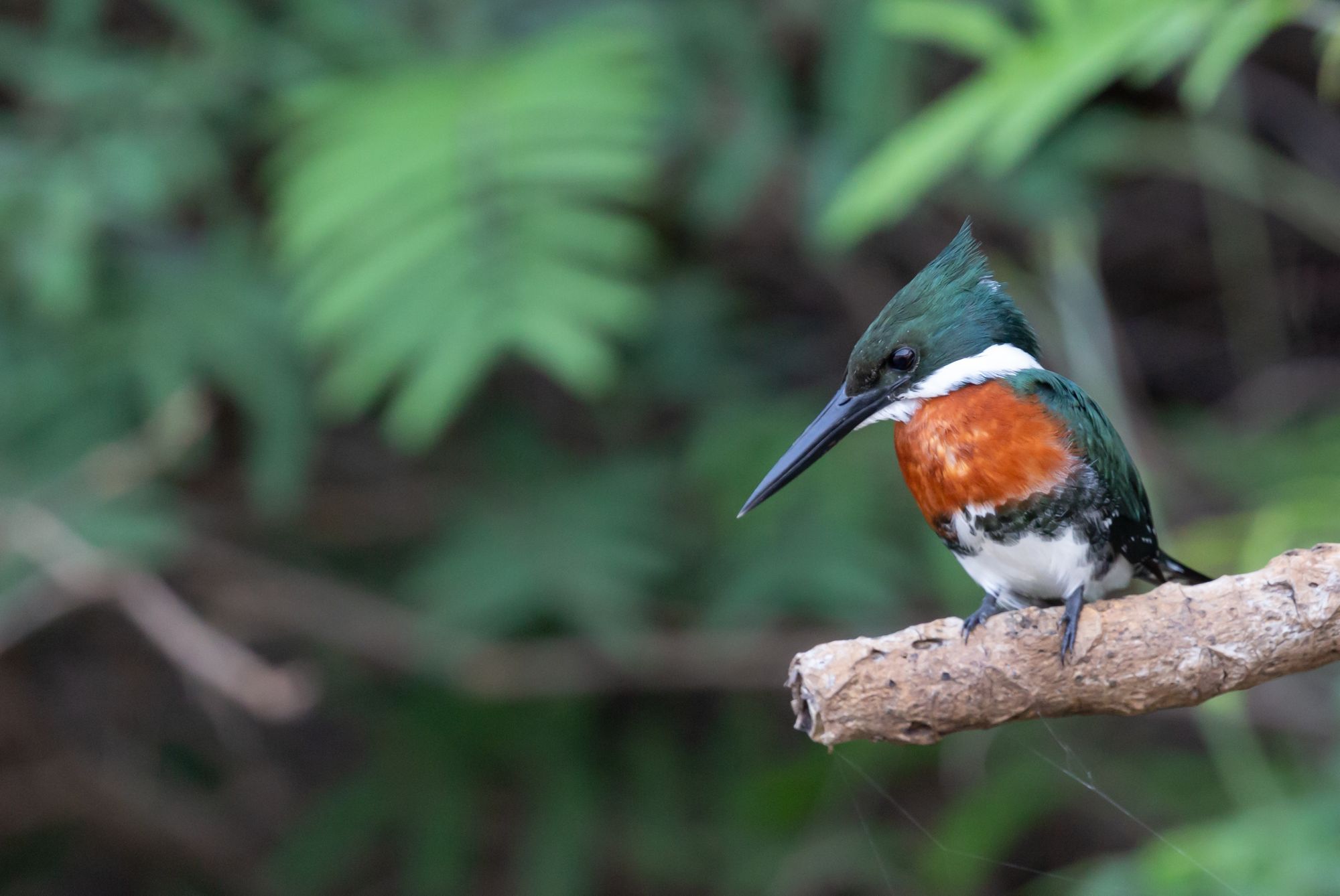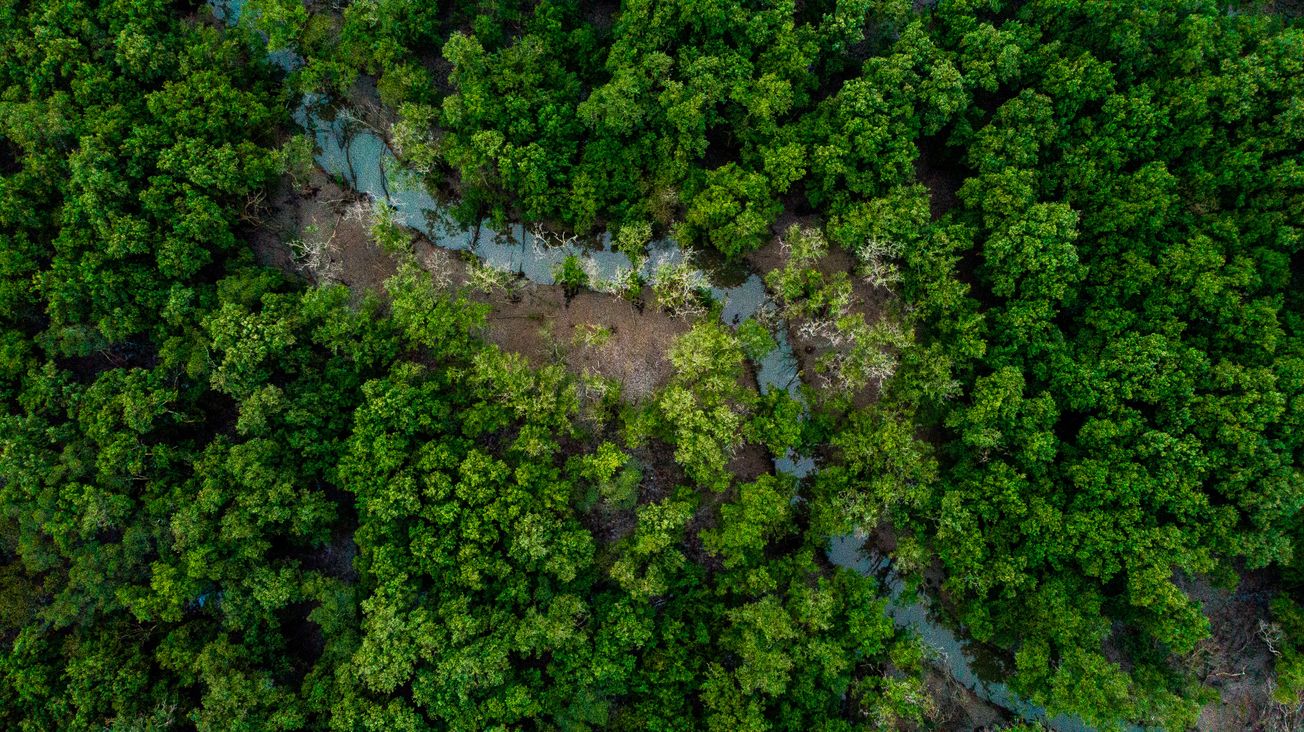By Julia Riopelle, SciTech Editor
The Amazonian rainforest is vital to mitigating the impacts of climate change. However, a newly published paper has found that, due to ongoing human disturbances, deforested areas of the world’s largest rainforest are not recovering at a fast enough rate.
A collaborative study between the University of Bristol and Brazil’s National Institute for Space Research, have determined that different drivers are linked to the regional variations in forest regrowth within the Amazon. The paper, published in Nature Communication on the 19 March 2021, used four decades worth of land satellite data in order to measure the age, type, aboveground carbon levels and human activity of its forest canopy.
Just last year, images exposing the extensive burning of the Amazon rainforest spread like wildfire across global media. Despite the claims from President Jair Bolsonaro that these were false, Brazilian scientists themselves published data directly linking the fires to the agricultural slash-and-burn practices set by loggers and cattle ranchers.

By taking up three per cent of terrestrial land, the Amazon rainforest surpasses any other in being the largest continuous tropical forest on Earth. Forests act as a carbon sink and are estimated to be able to mitigate a quarter of the measures set under the Paris agreement. Often referred to as the ‘Earth’s lungs’, the Amazon itself stores 10 per cent of global forest carbon.
The remote sensing technique allowed the research group to continue to collect data during the COVID-19 pandemic, in which Brazil has been particularly hard hit. The data provided evidence for significant differences in growth rates between three types of forests in the Amazon: Old primary forests, young secondary forests (less than 20 years old) and older secondary forests (above 20 years old).
The Amazon itself stores 10 per cent of global forest carbon
Lead author and PhD student from the University of Bristol, Viola Heinrich, explained: ‘This type of approach using regional and global remote sensing products has not been attempted before to such a high spatial resolution. The models have the potential to benefit both the carbon modelling and carbon-policy communities to help understand the regional variations of regrowth under different drivers.’
Old primary forests are those which are untouched and exist in its original state. According to Mongabay, they are ‘often characterized by a full ceiling canopy and usually several layers of understory.’ Young, secondary forests are forests that have been disturbed in one way or another, mostly through human activity. Therefore, they lack a full canopy, have less tree density and allow much light to reach the ground, often leading to overgrowth of ground-level vegetation.
Secondary forests currently take up 20 per cent of the Amazon’s area. They often are part of a five to ten-year cycle of being cleared for agricultural purposes and then abandoned, when the soil becomes depleted of any nutrients and thus insufficient for crop growth. Despite the fact that young secondary forests have great regeneration potential, they are not protected by any policies. Therefore, they are constantly prone to being deforested before they can reach the ecological potential of primary forests.

Primary findings of the researchers
The overriding anthropogenic cause for slower growth rates of secondary forests were those which grow on land which experienced multiple deforestation events through the use of slash-and-burn practices. This is due to its degradation of seed banks, soil nutrient content and water availability. The team found these growth rates to slow by 20 to 50 per cent.
The use of the slash-and-burn technique clears sections of rainforest and fertilizes it by burning pre-existing plants, then planting the crop of choice. However, the land only remains suitable for around two to three years, before the soil becomes degraded. The farmer moves on, but often returns to repeat this cycle every five to ten years later.
The team found geographic variations in the effects human disturbance have on reforestation rates, which may provide guidance for which areas are of priority for conservation. Secondary forests in the eastern regions of the Amazon seem to be more affected by slash-and-burn techniques than the western regions, slowing growth by 20 percent and 50 percent, respectively. This is likely due to the wetter climate of the western Amazon.
Additionally, the southern region of the Amazon, also known as the ‘Arc of Deforestation,’ is at a higher risk than the north, due to its drier climate. Here, growth rates averagely decrease 40 to 50 per cent due to human activity. The findings, therefore, indicate that the South-Eastern forests of the Amazon are in need of most urgent protection.
It was also concluded that it takes secondary forests a minimum of 100-years to achieve the above ground carbon (AGC) potential of older forests. AGC refers to the fraction of carbon stored in tree biomass. Thus, their findings suggest that young, secondary forests (less than 20 years) do not match older primary forests in their ability to mitigate the impacts of climate change.
The failure of Brazil's military to protect the Amazon from arsonists and loggers with Operation Green Brazil illustrates the limits of President Jair Bolsonaro’s tough-talking approach to governing. @Reuters investigates via @specialreports @jakespring https://t.co/HfydYtNCKC pic.twitter.com/SpxM9G5i4s
— Reuters (@Reuters) March 24, 2021
Implications for conservation policies
The researchers suggest that Brazil must implement policies that focus on conserving both older, secondary forests (above 20 years) and old, primary forests. It is vital to allow secondary forests to reach the full AGC storage potential of primary forests. If they are constantly felled through slash-and-burn practices, the AGC potential of secondary forests is likely to plateau at 40-years of age.
The ecosystem services these forests provide are extremely undervalued. Currently, less than one per cent of secondary forests above 20-years old are preserved. It is estimated that anthropogenic disturbances in the Amazon has already caused an eight per cent loss in total potential 2017 carbon stock.
The team believes the conservation of these older secondary forests are key to climate change mitigation solutions in the long run, whereas conserving older primary forests are critical to meeting policy-relevant timescales.
There is no mention of the 12 million hectares that had been [previously] committed to reforestation
Taking immediate action to preserve the current secondary forests could contribute to six percent of Brazil’s net emissions reduction targets. These estimates do not even include the potential of re-growing secondary forests, which Heinrich believes, ‘could help Brazil reach its Nationally Determined Contributions (NDC) goals of reducing net national emissions by 43 percent in 2030.’
However, just in December 2020, Brazil amended its pledge (NDC) under the Paris Agreement. There is no mention of the 12 million hectares that had been committed to reforestation in 2015. On the 9 April 2021, the Bolsonaro Administration released its' new plan towards fighting deforestation in the Amazon (Plano Amazônia 2021/2022). However, conservation scientists still argue that this is not enough, as it still allows 16 per cent more deforestation than in 2018, which is the year before President Bolsonaro took office.
Particularly during COVID-19, conservation priorities have been pushed even further back, as Brazil is struggling to alleviate the pressures which the pandemic has placed on its economy. It is believed that the Bolsonaro administration is also using the COVID-19 as a distraction, in order to reverse previously pledged environmental regulations.
According to the Climate Action Tracker, Brazilian legislators have recently fast-tracked the approval of handing over highly controversial ownership of illegally deforested land. This rollback and gap in much-needed policies will likely cause even higher rates of deforestation and hinder decarbonization of Brazil’s economy.
Alarming spike in East-Asian greenhouse gas emissions back under control
£10 million invested to guide the UK into a greener future
‘Brazil is likely to be the tropical country with the largest potential for this kind of Nature-based solution, which can generate income to landowners, reestablish ecosystems services and place the country again as a global leader in the fight against climate change,’ explains co-author Dr Luiz Aragão, National Institute of Space Research in Brazil.
Brazil needs to become incentivised to shift to a green economy, as sustainable management the Amazon rainforest possibility of being a huge source of revenue for the country.
Read more about Brazil's newly announced policies regarding the Amazon rainforest here.
Featured Image: Unsplash / Eduardo Zmievski
What is your country doing to mitigate its impact on climate change?









